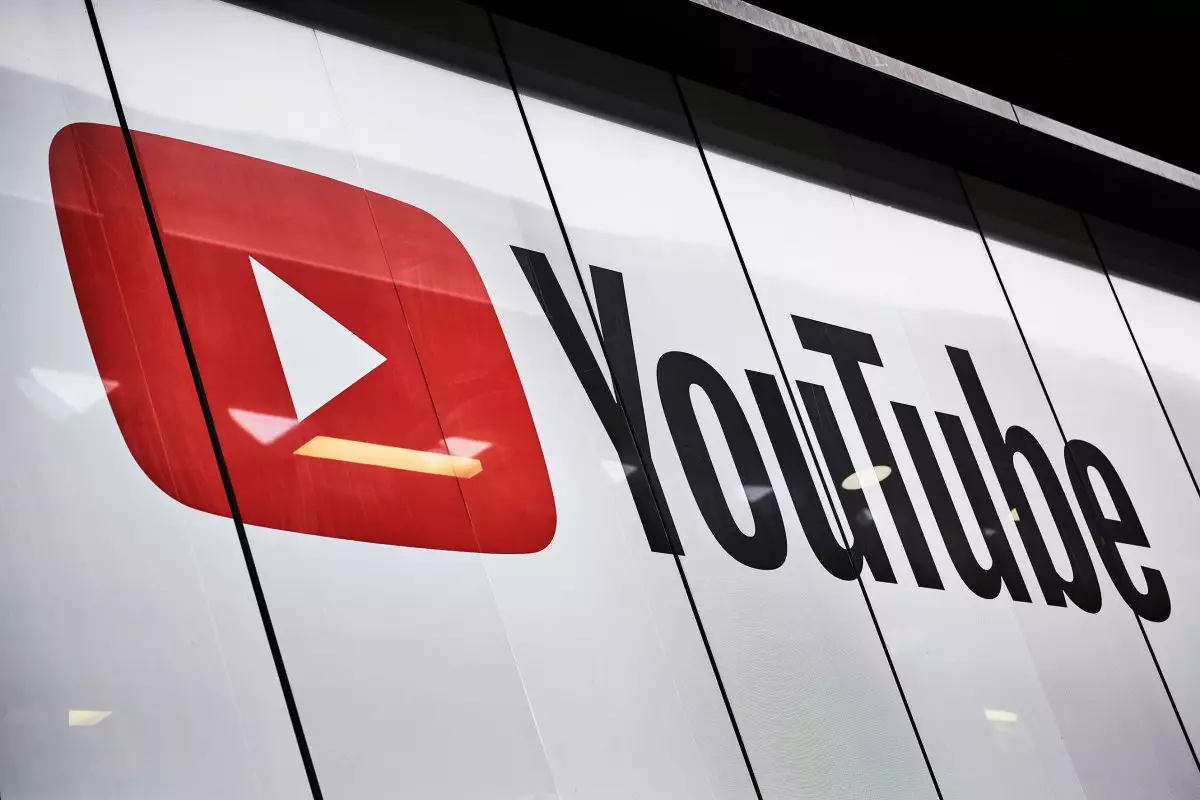YouTube has recently announced significant updates to its short-form video feature, YouTube Shorts, demonstrating a clear commitment to competing with the increasingly dominant TikTok platform. The enhancements, which include allowing creators to upload videos that can stretch up to three minutes, aim to diversify content and enhance user engagement – an essential step given the popularity of platforms that thrive on quick, captivating content.
With the introduction of three-minute videos, YouTube is clearly positioning itself to accommodate creators who crave more flexibility without compromising the short-form format that draws viewers in quickly. As TikTok allows for longer videos of up to 10 minutes, YouTube’s move could stem from a desire to attract users who want the best of both worlds: concise content with the option for more elaborate storytelling and engagement. This approach could potentially draw creators away from TikTok, enticing them to produce original content that leverages YouTube’s expansive audience.
Additionally, the overhaul of the Shorts player is a critical aspect of this upgrade. By redirecting the visual focus to the content itself, YouTube is enhancing user experience. By shifting interaction buttons to the side and compressing the creator information at the bottom of the screen, YouTube is making strides in maximizing visibility for the videos. However, this also raises concerns about user accessibility, making it necessary for viewers to click “more” to see full descriptions, which could disengage those looking for quick information.
One of the most promising updates comes in the form of templates aimed at simplifying the creation process. This feature could significantly streamline participation in trending content, similar to how TikTok users harness the power of CapCut to create customized videos easily. YouTube’s Remix feature, which allows creators to utilize existing Shorts as foundational templates, exemplifies an effective strategy to encourage trend participation within its ecosystem. However, the success of this feature will depend on how intuitive and seamless the process feels to creators, as ease of use is paramount in fostering creativity.
Upcoming enhancements do suggest a more integrated experience, which may better facilitate content creation compared to TikTok. As YouTube plans to enable users to tap into trending content directly from the Shorts camera, the speed with which users can engage with and create new trending videos is likely to be greatly enhanced. By eliminating the need for a separate app, YouTube may capitalize on a more integrated approach between creation and consumption.
The introduction of a Shorts trends page signals YouTube’s intent to bring trend discovery to a more centralized location. Unlike TikTok, which has altered its trend discovery mechanisms, YouTube’s focus on local trends could engage users looking for content that resonates with their cultural and regional contexts. This strategy is likely to bolster community interaction and inspire a unique set of creators tuned into local trends, potentially setting YouTube apart in terms of localized content.
While TikTok’s global nature allows users to curate inspiration from far-reaching sources, YouTube’s focus on local trends could create a more niche-oriented content ecosystem. This localized approach may encourage viewers to engage more with creators who speak to their regional sensibilities, potentially fostering unique communities within the broader platform that could rival TikTok’s wide-ranging appeal.
In a bid to promote engagement, YouTube has announced that users will soon be able to preview comments directly from the Shorts feed. This feature aligns with the platform’s intention to cultivate interactive experiences, which could significantly enhance user engagement. However, there is a risk that this could inadvertently lead creators to produce content aimed primarily at generating outrage or extreme reactions, a phenomenon often referred to as “rage bait.” This approach could strengthen user engagement metrics but may detract from the overall quality of content on the platform.
Moreover, YouTube’s introduction of the “Show fewer Shorts” feature suggests a recognition of user fatigue with overwhelming content. While users appreciate choices and customization, the temporary nature of this option raises questions about long-term usability and user satisfaction. Defining this ability beyond a temporary fix may be essential in ensuring that content dons a personalized touch, allowing users to curate their own experience over time.
Looking ahead, YouTube’s planned integration of AI technology within the Shorts environment through Google DeepMind’s Veo model hints at exciting possibilities for content creation. By enabling video background changes and the option for standalone video clips, YouTube is pushing the boundary of what creators can achieve within short-form videos. This innovation reflects the platform’s commitment to adapting and evolving to meet creator demands.
In sum, the recent updates to YouTube Shorts represent a strategic movement to enrich the platform’s appeal, enhance user experience, and stimulate creativity. While challenges lie ahead, particularly with competing against TikTok’s robust ecosystem, YouTube’s evolving features present potential for unique content creation and community building. As the landscape of digital media continues to change, how effectively YouTube leverages these updates will ultimately determine its ongoing relevance in the short-form video domain.


Leave a Reply